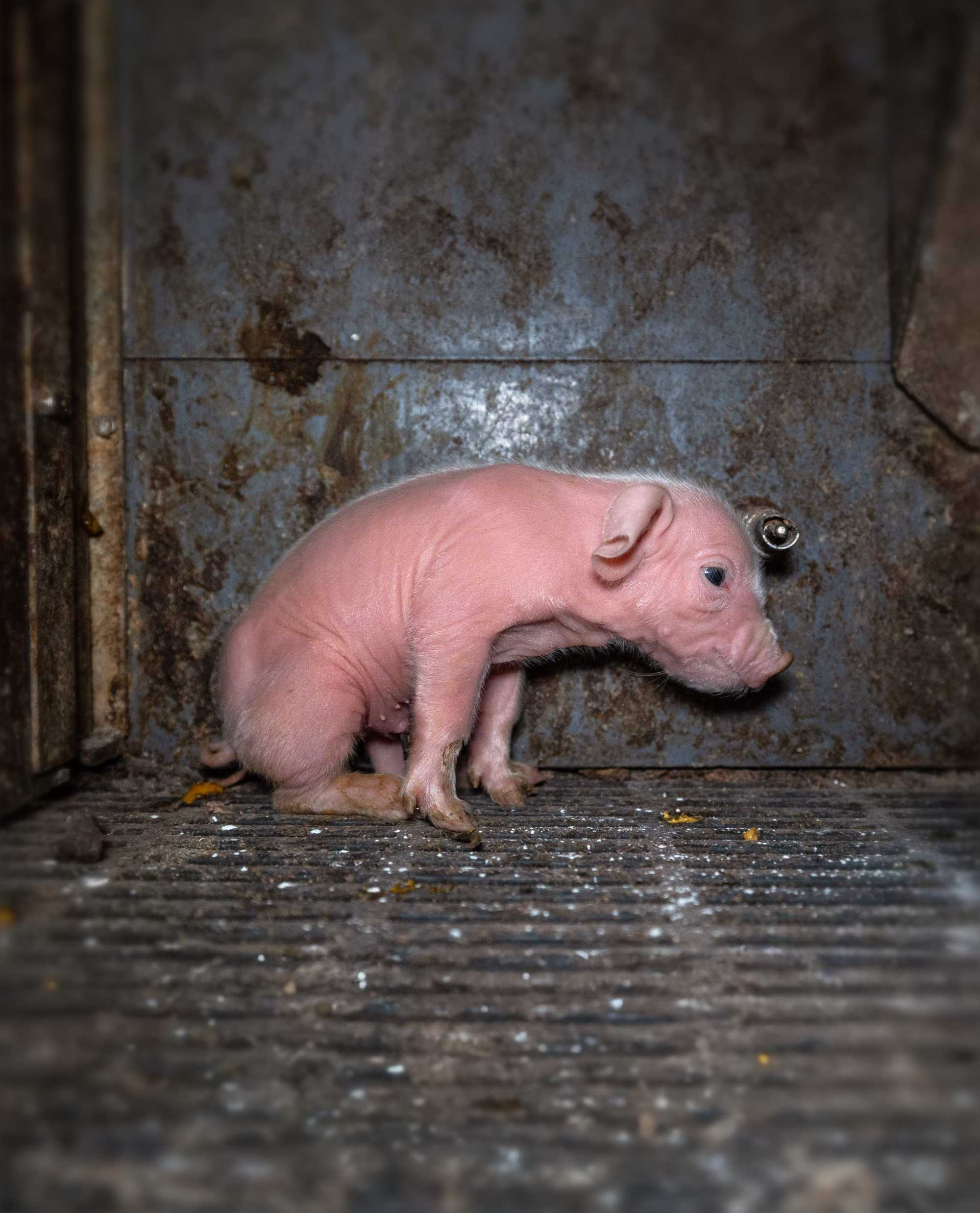
Effective Ways to Care for Koi Betta Female in 2025
Koi betta females are not only stunning with their bright and vivid colors but also make excellent pets for aquarists of all levels. As an aquatic species, they should be provided with the right habitat, nutritional needs, and social environment to thrive. This guide covers the essential aspects of koi betta care including tank setup, feeding, breeding practices, and overall maintenance. Understanding how to care for your koi betta will ensure they lead a healthy and enriched life, making the time spent together enjoyable.
The benefits of owning koi betta females go beyond their aesthetic appeal. These bettas are hardy fish known for their unique patterns and vibrant colors, thus creating an attractive focal point in your aquarium. Koi bettas also exhibit fascinating behaviors that can be rewarding to observe. This article will provide you with practical tips and insights into koi betta care, as well as the advantages of ensuring their well-being through optimal tank conditions and dietary management.
As you skim through, you will discover best practices for tank setup, what to feed your koi bettas, their social needs, and how to breed them successfully if you choose to do so. By implementing these strategies, you can promote a healthy life and enhance the beauty of your aquatic environment.
By the end of this guide, you will have a solid understanding of koi betta care, enabling you to make informed decisions about your fish keeping journey.
Essential Tank Setup for Koi Betta Fish
Setting up the right environment is crucial for koi betta health. A proper koi fish tank should mimic their natural habitat, providing enough space and proper filtration, heating, and lighting conditions. Ideally, a habitat for koi bettas should feature a minimum of 10 gallons to ensure ample swimming space and a stable environment.
Ensure your koi betta environment includes a filtration system that adequately filters the water without creating excessive currents, as bettas prefer calmer waters. Additionally, maintaining water quality is essential; perform regular water changes to keep harmful toxins at bay. Keeping a check on the ammonia, nitrite, and nitrate levels can help create a safe environment for your fish.
When selecting decorations, opt for smooth materials—sharp objects can harm your koi betta's delicate fins. Utilizing live plants not only enhances the aesthetic appeal but also contributes to improving water quality. Additionally, consider incorporating hiding spots made from caves or driftwood, as koi bettas like to have places to retreat to when they feel stressed.
Moreover, ensuring proper water temperature between 75°F and 80°F (24°C to 27°C) is vital for their comfort. Avoid fluctuating temperatures as these can be harmful to koi bettas, making it essential to use a reliable heater.
With your tank adequately set up, it’s time to consider what is next for your koi betta fish. Understanding their dietary needs will ensure their well-being and vibrant colors.
Feeding Koi Betta Fish: Diet Essentials
The koi betta diet should be well-balanced and varied. As carnivorous fish, they require a protein-rich diet that includes high-quality pellets specifically designed for bettas, which should be the staple of their feeding routine. However, supplementing their diet with a variety of other foods will promote better health and coloration.
Consider incorporating frozen or live foods such as brine shrimp, daphnia, or bloodworms. These protein-rich supplements can encourage natural hunting behaviors and provide essential nutrients that help koi bettas thrive. When it comes to feeding frequency, adult koi betta females should be fed once or twice daily, while juveniles may need more frequent feedings.
A feeding schedule should emphasize controlled portions; overfeeding can lead to uneaten food decomposing in the tank and can cause water quality issues. As a guideline, aim to feed them an amount they can consume within 2 to 3 minutes. Furthermore, regular observation of your fish can provide insight into their eating habits and health.
Monitoring the koi betta behavior after feeding can also indicate their well-being—the active and engaged koi bettas are likely to be healthy fish. If you notice weight loss or lethargy, reassess their diet and environment. A well-fed koi betta will showcase vibrant color variations and demonstrate active behavior, enhancing their overall appeal.
Armed with knowledge of their tank and diet, let’s delve into the critical topic of koi betta breeding to enrich your experience.
Koi Betta Breeding Process: A Step-by-Step Guide
Breeding koi betta fish can be a fulfilling experience and requires careful planning to achieve successful spawning. Start by ensuring that your potential breeders are healthy and of the right age—generally, they should be at least six months old. Select a mate with desirable color patterns that you want to see in the fry.
Before attempting to breed, prepare a separate breeding tank that is around 5 gallons, heated to about 80°F. Ensure the water quality is excellent—perform a water change before introducing the pair. Add fine-leafed plants for the female to utilize as spawning sites, which will create a comfortable breeding environment.
Introduce the male and female koi bettas to the breeding tank and watch their interaction. The male may build a bubble nest, which is a sign that he is ready to breed. During courtship, the female may display vertical stripes, indicating her readiness. Careful observation is essential; once she seems receptive, the male will engage in spawning behavior, wrapping around her to fertilize the eggs.
Post-spawning, remove the female to prevent her from being bullied by the male as he takes charge of guarding the eggs. Koi betta fry usually hatch within 24 to 36 hours and will begin free-swimming in about one week. Feed them with infusoria or finely crushed flakes suitable for fry in the early stages of development.
Successful breeding requires patience and attention to detail; monitor the growing fry's health and growth rates to ensure the best outcomes. Nurturing these newly hatched koi betta fry can be rewarding as you watch them develop their unique colors and patterns.

Understanding Koi Betta Temperament and Socialization
Koi bettas, like many bettas, tend to be territorial. It is vital to evaluate koi betta compatibility if you are considering tank mates. For community tanks, select peaceful species that can tolerate the betta's temperament. Popular tank mates include small tetras, rasboras, and dwarf corydoras. Ensure that any chosen companions do not have flowing fins as those may trigger aggression in bettas.
When introducing new fish, a slow acclimation process will help maintain a peaceful environment. Use a separate quarantine tank for any new arrivals for about two weeks to ensure they are disease-free before adding them to the main tank.
Observation is crucial during the acclimation phase; monitor how your koi bettas interact with their new tank mates. If any aggression arises, you may need to separate them to prevent stress or injury. Establishing a betta friendly habitat involves creating separate zones with various decorations and plants to break lines of sight and reduce territorial disputes.
Additionally, understanding koi betta behavior changes can be essential to their socialization. Look for signs of stress, such as hiding, color fading, or aggressive behavior. Providing a relaxed environment with plenty of hiding spots will greatly enhance their temperament.
As you better understand koi betta social dynamics, you can create a nurturing environment that allows your fish to thrive both individually and socially. Next, let’s explore how to maintain proper water conditions integral to koi betta health.
Maintaining Optimal Water Conditions for Koi Betta Fish
Optimal water conditions are fundamental to koi betta health. Koi bettas thrive in soft, slightly acidic water. Aim for a pH level between 6.0 and 7.5, alongside regular monitoring of hardness levels to ensure safe water conditions.
The importance of maintaining a stable temperature cannot be understated. Use a high-quality heater and thermometer, and ensure that temperatures do not fluctuate dramatically. Sudden changes can lead to stress and health issues in your koi bettas.
Introduce a water filtration system that removes debris and harmful substances. A filter with low flow rates is advisable as bettas prefer slow-moving waters. Regular water changes—about 25% weekly—will help maintain water quality and reduce toxins.
In addition, regularly checking ammonia, nitrite, and nitrate levels is essential. Using water treatment solutions can help address any spikes in toxins, maintaining a safe habitat. Providing conditioned water devoid of chlorine and heavy metals will also contribute to koi betta health.
Finally, using live plants not only beautifies the aquarium but also aids in the biological filtration process while improving water quality. With a focus on proper maintenance routines, your koi betta’s living environment will promote longevity and health.
Common Koi Betta Diseases and Prevention
Understanding common koi betta diseases and their prevention can significantly enhance your pet's longevity. Betta fish are susceptible to several health issues; recognizing signs and taking preventive measures is key. Common ailments include fin rot, ich, and velvet disease, which can often stem from poor water conditions, stress, or poor nutrition.
Regular observation of your koi betta's fin and body condition will help identify potential issues early on. Maintaining a clean, stable environment is one of the best preventative measures against diseases. Ensuring the aquarium is appropriately heated, filtered, and free of toxins will reduce stress and improve overall well-being for your bettas.
Quarantine new fish before introducing them into your main tank—this measure will prevent the spread of diseases that they may be carrying. Additionally, be cautious not to overfeed your koi bettas, as excess food can decompose, worsening water conditions and creating a breeding ground for bacterial growth.
Furthermore, providing a balanced diet rich in essential nutrients will fortify your koi bettas against diseases. When treating any detected illnesses, it’s crucial to isolate the infected fish and treat them in a separate tank to avoid contaminating others.
With the right preventative strategies in place, you can contribute significantly toward a thriving koi betta community in your aquarium. In the next section, we'll summarize key points from this guide to reinforce best practices in koi betta care and maintenance.

Conclusion: Key Takeaways in Koi Betta Care
Caring for koi betta females involves understanding their specific needs regarding tank setup, diet, breeding processes, social behavior, water conditions, and disease prevention. By building a proper environment and focusing on their unique requirements, you can ensure your koi bettas flourish.
Utilizing high-quality food, maintaining optimal water quality, and monitoring their interactions with tank mates all contribute to the health and happiness of your koi bettas. Investing time and effort in proper koi betta care will not only enhance their beauty and health but also lead to an enriching experience worthy of any fishkeeper.
Take the knowledge you have gained and apply it to create the perfect sanctuary for your koi bettas, and enjoy the intricate dynamics of these fascinating aquatic pets.